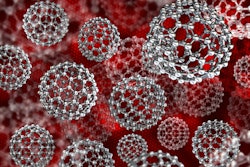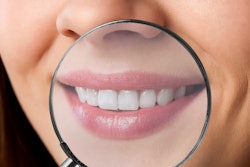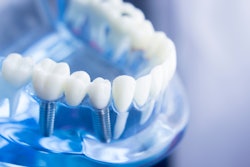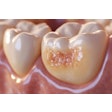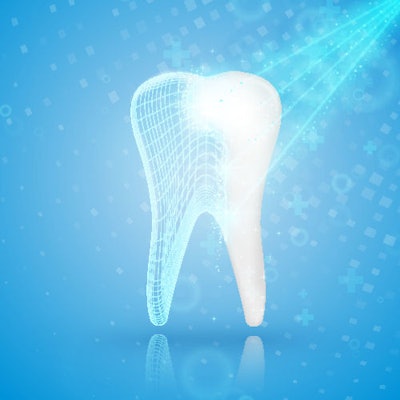
A new biohybrid composite made from eggshells that promotes bone growth has been developed and may be used for dental bone and tissue regeneration in the future, according to researchers from the University of Granada (UGR) in Spain.
In in vitro studies, the biomaterial, which was made from the eggshell of a hen, has already shown promising results for dental procedures. With more research, the biomaterial may eventually replace the combination membrane and bone graft that are currently used in guided bone regeneration, according to a study recently published in Biomaterial Advances.
“These findings encourage in vivo implantation studies to corroborate its potential use in clinical procedures such as guided bone/tissue regeneration in the field of dentistry,” wrote the authors, led by Dr. Juan Antonio Marchal, director of the UGR’s Unique Laboratory in Biofabrication and 3D (Bio)printing (Biomater Adv, August 26, 2023, Vol. 154, 213605).
To develop the biomaterial, the eggshell membrane was coated only on the outside with nanocrystalline calcium phosphate apatite while the internal surface was preserved to prevent mineralization. Vapor diffusion crystallization, a technique that brings about the precipitation of nanocrystalline apatite with properties that are reminiscent of the apatite of the bone that needs to be regenerated, was used to create the material, the researchers wrote.
In the end, the biomaterial was bifunctional, osteoinductive on the outside, and created a barrier to cell invasion on the inside. Furthermore, in vitro studies confirmed that the biomaterial coated with nanocrystalline apatite showed better mechanical properties compared to the membrane on its own, it was biocompatible, and it could stimulate the growth and development of cells that form bones, according to the study.
In addition to guided bone regeneration, the membrane biomaterial also may be beneficial for dental pulp capping. Currently, materials composed of calcium hydroxide, calcium silicates, and composite resins are used to cover dental pulp to preserve the vitality of a tooth. However, these materials have clinical practice limitations, including their incompatibility with dental tissues.
The new biomaterial is an encouraging, compatible alternative for pulp regeneration because it contains calcium phosphates, which are found in dental tissues like enamel and dentine, the authors wrote.





